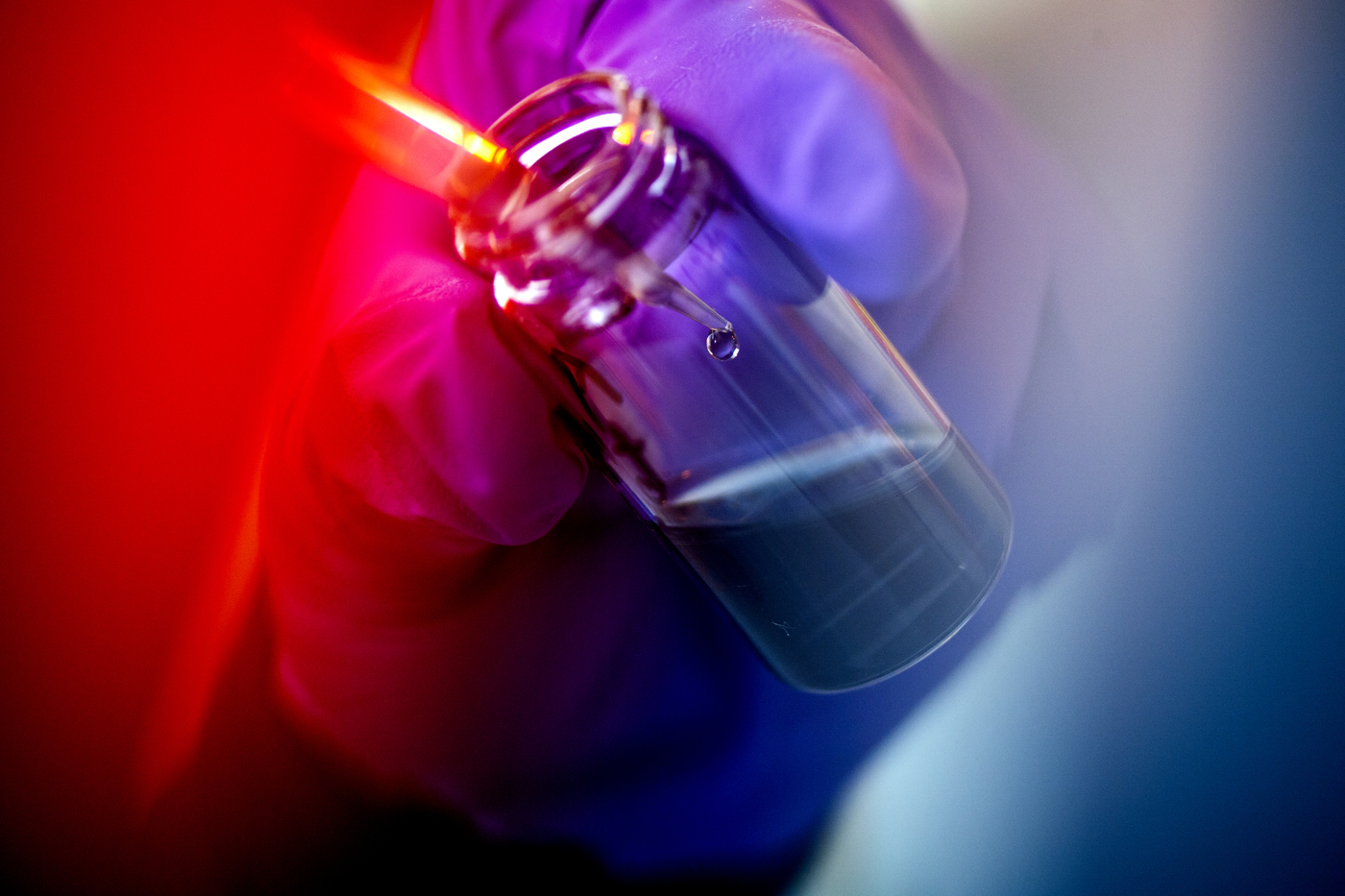Title
Topic
-
A decision-making guide to ‘Sustainability in Business’
“Sustainability in Business,” written by associate teaching professor of finance and director of the Business Sustainability Initiative David H. Myers, “provides an approach to sustainable decision-making rooted in financial and economic literature,” according to the publisher’s webpage. The text supplies a framework for sustainable practices that businesses can adopt while expanding their market reach, innovation and leverage, all while attending to “the different definitions of sustainability and the role those differences” play in business operations.
-
For a volatile world, a practical guide to ‘Business Resilience’
As the complexity and volatility of the world increase, associate professor in project management Serhiy Kovela — writing with Islam Choudhury, David Roberts, Sheila Roberts and Jawwad Tanvir — has produced “Business Resilience,” which the publisher’s webpage calls “a practical guide to making organizations more resilient and improving current practices by building on what the organization does well.” The authors provide “new models for resilience and progress,” which focus on building a foundation of resilience into a company while still prioritizing progress.
-
How Buddhist architecture has fostered ‘a comprehensive culture that sustains life’
Co-edited by associate professor of architecture Shuishan Yu, with Aibin Yan of East China University, “Buddhist Architecture in East Asia” examines how Buddhism “transformed not only the intellectual and practical lives but also the built environments of East Asia” over two millennia. The editors attempt “to restore a more balanced picture of Buddhist practice and the built environment by incorporating buildings and planning from the overlooked regions and aspects of Buddhism.” The volume prioritizes “in-depth discussions of examples from regions and cultures of religious hybridity [that] … foster a comprehensive culture that sustains life and identity of a place.”
-
Exploring the history of woodworking through gender
Deirdre Visser, adjunct professor and visiting curator at Mills College at Northeastern, has published “Joinery, Joists and Gender: A History of Woodworking for the 21st Century.” The publisher’s webpage describes the book as “the first publication of its kind to survey the long and rich histories of women and gender non-conforming persons who work in wood.” After providing a history of women’s contributions — practical and philosophical — to woodworking in Europe and the U.S., the volume continues with “sixteen in-depth profiles of contemporary woodworkers, all of whom identify fine woodworking as their principal vocation.”
-
‘Solid-State Sensors’ invites ‘advanced students’ into the field
Ravinder Dahiya, professor of electrical and computer engineering, with co-authors Ambarish Paul and Mitradip Bhattacharjee, has published “Solid-State Sensors,” an “up-to-date introduction to solid-state sensors, materials, fabrication processes and applications,” according to the publisher’s webpage. Oriented toward “advanced students and professionals in disciplines such as electrical and electronics engineering, physics, chemistry and biomedical engineering,” the textbook includes “the fundamentals and classification of all major types of solid-state sensors, including piezoresistive, capacitive, thermometric, optical bio-chemical, magnetic and acoustic-based sensors.”
-
Hip-hop may be a house ‘that young people built,’ but ‘Hip-Hop Archives’ are here for everyone
Professor of communication studies Murray Forman has co-edited “Hip-Hop Archives: The Politics and Poetics of Knowledge Production,” which collects scholarship on modern archival practices in hip-hop culture, espousing multi-generational collaborations in archives that scale in size from government institutions to bedroom closets.
-
Professor’s new book shines light on how architectural works are in constant conversation with the past
With “The Architecture of Influence,” associate professor of architecture Amanda Lawrence explores how architectural copies, imitations, emulations and more interact to create an ongoing conversation between the present and the past.
-
Ghuman traces musical intermingling in ‘Resonances of the Raj’
Professor of music Nalini Ghuman’s book “Resonances of the Raj: India in the English Musical Imagination, 1897-1947,” studies the overlooked transmission of musical influences between English and Indian culture “during the last fifty years of the Indo-British encounter,” according to the book’s companion website. “Ghuman reintegrates music into the cultural history of the British Raj, revealing unexpected minglings of peoples, musics and ideas that raise questions about ‘Englishness,’ about the nature of Empire and about the fixedness of identity.”
-
Dean Hazel Sive edits volume detailing African frog research and best practices that informed her ‘life’s work’
Dean of the College of Science and professor of biology at Northeastern University Hazel Sive has edited “Xenopus: A Laboratory Manual,” a new textbook that presents “a comprehensive collection of experimental procedures for research using Xenopus.”
-
Grassroots journalism promotes democracy and fills the needs of ‘news deserts’
“Local news is essential to democracy,” argue professor of journalism Dan Kennedy and former Boston Globe editor Ellen Clegg in their new book, “What Works in Community News: Media Startups, News Deserts and the Future of the Fourth Estate.” They write that, as news organizations shutter, “it is often marginalized communities of color who have been left without the day-to-day journalism they need to govern themselves in a democracy,” according to the publisher’s webpage. The book describes how “innovative journalism models are popping up across the country to fill news deserts and empower communities.”
-
With new industrial ecology textbook, Matthew Eckelman suggests we treat industry ‘more like nature’
Associate professor of civil and environmental engineering Matthew Eckelman has co-authored “Industrial Ecology and Sustainability,” a new edition of a seminal textbook in the field of industrial ecology, which asks, “How can we make the industrial system act more like nature?”
-
‘Action Research’ can empower higher education administrators toward better problem solving
In “Faculty Development: Achieving Change Through Action Research,” three professors from the Northeastern University College of Professional Studies want to “empower all administrators in higher education to engage more effectively in resolving challenges in colleges and universities,” the publisher’s webpage states. This empowerment comes through “”Action Research… a powerful, localized methodology for impacting difficult and complex issues embedded in organizations.”
